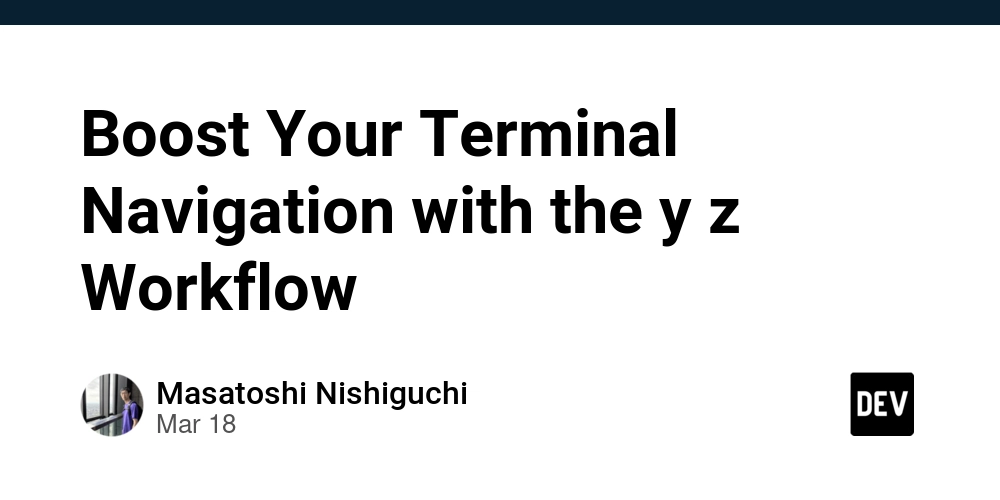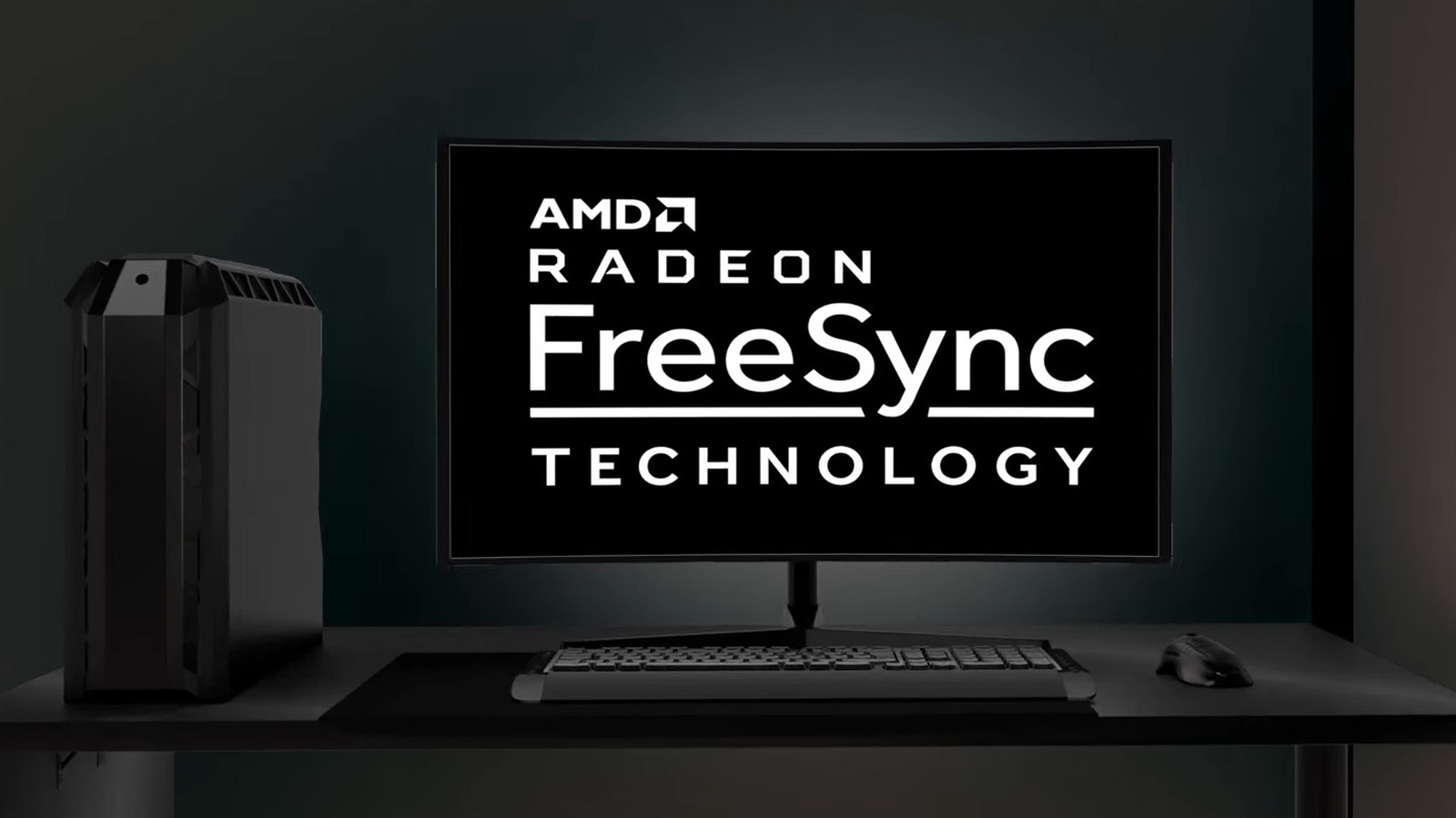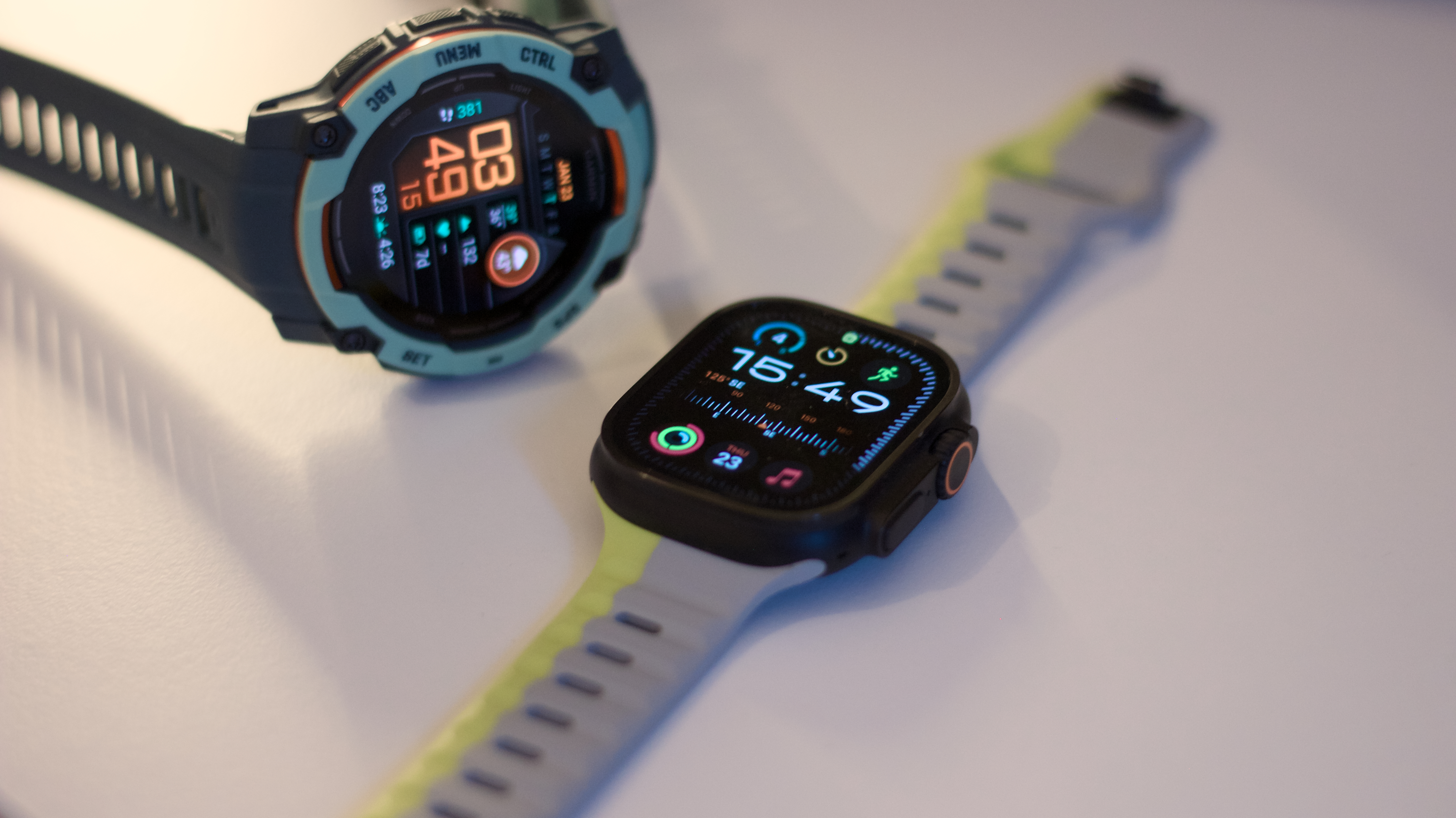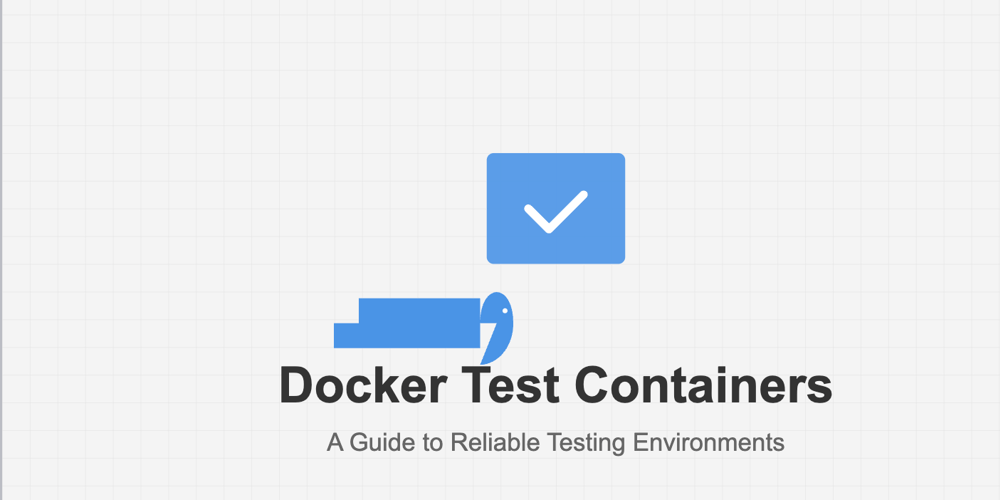Boost Your Terminal Navigation with the y z Workflow
Navigating directories efficiently in the terminal is essential for productivity. While cd has been the standard for decades, there are smarter and faster alternatives. Meet the y → z workflow—a powerful way to jump between directories and manage files effortlessly. What is y → z The letters y and z don’t have an inherent meaning, but their alphabetical order mirrors c and d—making them easy to remember as a cd alternative. This workflow leverages: zoxide – A smarter cd replacement that remembers frequently visited directories. yazi – A blazing-fast terminal file manager with zoxide integration. fzf – A fuzzy finder that enhances interactive navigation. The Power of z (zoxide) zoxide enhances terminal navigation by remembering frequently visited directories. The z command allows you to quickly jump to a known directory based on name matching. For even more flexibility, zi integrates zoxide with fzf, enabling an interactive fuzzy search through your directory history, letting you select a destination effortlessly. Basic Commands z project # Jump to a frequently visited "project" directory zi # Use fzf to interactively search recent directories The Power of y (yazi) yazi is a powerful terminal-based file manager designed for fast and efficient navigation. One of its standout features is its seamless integration with zoxide. While using yazi, you can press z to instantly jump to any frequently visited directory tracked by zoxide. This allows you to combine fuzzy directory switching with visual file management, creating a smooth and efficient workflow for handling files and navigating your system. Basic Commands y # Open yazi Once inside yazi, press z to instantly jump to a directory tracked by zoxide. However, when a full TUI file explorer isn't necessary, you might prefer using zi directly. Instead of opening yazi, the zi command allows you to instantly select and jump to a directory using fuzzy search—making it the fastest option for quick directory switching. Conclusion If you're looking for a faster way to move around your file system, the y → z workflow is a game-changer.

Navigating directories efficiently in the terminal is essential for
productivity. While cd has been the standard for decades, there are smarter
and faster alternatives.
Meet the y → z workflow—a powerful way to jump between directories and
manage files effortlessly.
What is y → z
The letters y and z don’t have an inherent meaning, but their alphabetical
order mirrors c and d—making them easy to remember as a cd alternative.
This workflow leverages:
-
zoxide– A smartercdreplacement that remembers frequently visited directories. -
yazi– A blazing-fast terminal file manager withzoxideintegration. -
fzf– A fuzzy finder that enhances interactive navigation.
The Power of z (zoxide)
zoxide enhances terminal navigation by remembering frequently visited
directories. The z command allows you to quickly jump to a known directory
based on name matching. For even more flexibility, zi integrates zoxide
with fzf, enabling an interactive fuzzy search through your directory
history, letting you select a destination effortlessly.
Basic Commands
z project # Jump to a frequently visited "project" directory
zi # Use fzf to interactively search recent directories
The Power of y (yazi)
yazi is a powerful
terminal-based file manager designed for fast and efficient navigation. One of
its standout features is its seamless integration with zoxide. While using
yazi, you can press z to instantly jump to any frequently visited directory
tracked by zoxide. This allows you to combine fuzzy directory switching with
visual file management, creating a smooth and efficient workflow for handling
files and navigating your system.
Basic Commands
y # Open yazi
Once inside yazi, press z to instantly jump to a directory tracked by
zoxide.
However, when a full TUI file explorer isn't necessary, you might prefer using
zi directly. Instead of opening yazi, the zi command allows you to
instantly select and jump to a directory using fuzzy search—making it the
fastest option for quick directory switching.
Conclusion
If you're looking for a faster way to move around your file system, the y →
z workflow is a game-changer.










































































































































































![[The AI Show Episode 142]: ChatGPT’s New Image Generator, Studio Ghibli Craze and Backlash, Gemini 2.5, OpenAI Academy, 4o Updates, Vibe Marketing & xAI Acquires X](https://www.marketingaiinstitute.com/hubfs/ep%20142%20cover.png)



























































































































![[DEALS] The Premium Learn to Code Certification Bundle (97% off) & Other Deals Up To 98% Off – Offers End Soon!](https://www.javacodegeeks.com/wp-content/uploads/2012/12/jcg-logo.jpg)


![From drop-out to software architect with Jason Lengstorf [Podcast #167]](https://cdn.hashnode.com/res/hashnode/image/upload/v1743796461357/f3d19cd7-e6f5-4d7c-8bfc-eb974bc8da68.png?#)






































































































.png?#)




.jpg?#)































_Christophe_Coat_Alamy.jpg?#)
 (1).webp?#)







































































































![Rapidus in Talks With Apple as It Accelerates Toward 2nm Chip Production [Report]](https://www.iclarified.com/images/news/96937/96937/96937-640.jpg)








































































































































